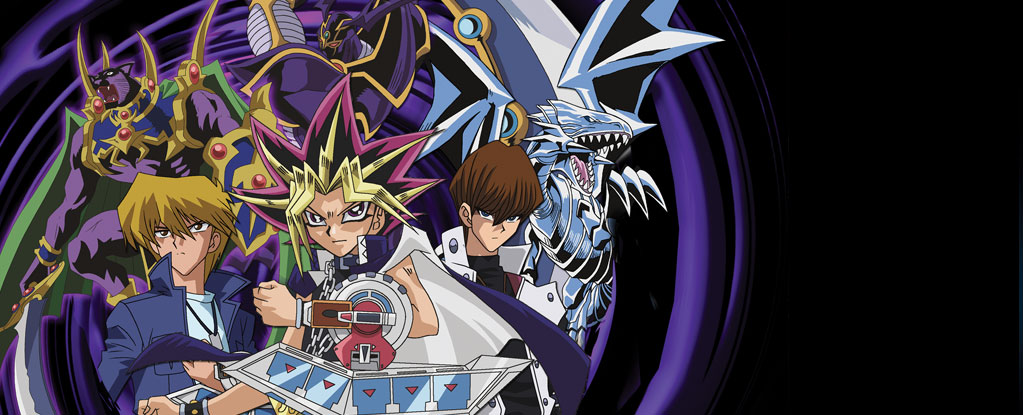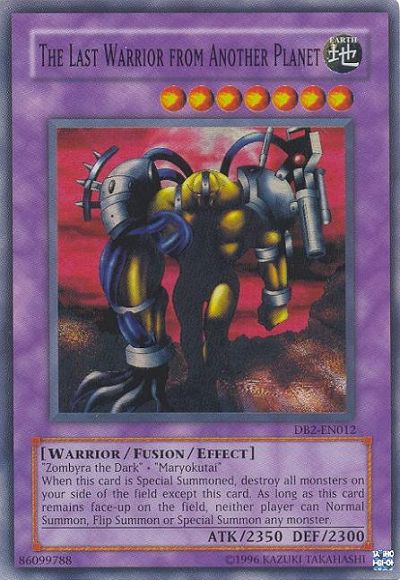
(source)
My experience with CCGs, collectible card games such as Yu-Gi-Oh!, Pokémon, or Magic: the Gathering, is probably like a lot of people’s. I played a “rules-light” variant of them when I was little (read: I was 8 and had no idea what the cards do or how the game actually worked) mainly because of the appeal of the TV shows. Even people who aren’t still actively involved in the games still recognize Pikachu or “Exodia, Obliterate!” from the shows we all watched after school and the video games we’d all play. (Duelists of the Roses, anyone?)Part of what kept us playing it, I think, is that a couple of months into playing I got tired of losing so much with the rag-tag collection of cards from childhood (though I did find a still-treasured God card smashed behind a drawer in my desk that gave me some victories) and built my own deck, using YGOPro—a free software that gives you access to every card ever to test new decks and see how things work—to create a deck I’d eventually call “Spirits.” I was the first one to do this and also the first one to buy card sleeves to protect the cards and give them a uniform appearance, and so this pre-conceived deck started tearing up the competition, which made Alex build his own deck, which led to four years of frantic deck-building and continual competition and aggression.
But just there were so many we built, me and Alex especially eventually building dozens of decks over time and having eight or so on hand at any given hangout. I remember all of them: the Carnival of Horrors (or Clown Control), The Last Warrior from Another Planet, Shadolls, Cloudians, Zombags, Destiny Board, Melodious, Gishkis, Classic Horrible Beatdown, Burning Abyss, Bujins, Trains, Triamids, Ghostricks, False Gods--each of them with their own tricks and stratagems, each with their own boss monster to work toward, each having their own story woven into the cards.
That’s why these things have staying power in my mind. Deck-building is really a creative exercise, taking a pre-existing story that’s been broken up into distinct events and reassembling it into a form that works, that has power and can do things. Take Spirits, for example, where the most important card in there was Aratama, a Japanese personification of bravery (and recklessness and all sorts of other “hot” emotions) in the form of a little bull-horned imp, weak in itself but able to call all sorts of other creatures—even the gods—to its aid, and so this story of Japanese mythology starts with bravery, a small voice being unafraid to speak.
But it continues with Nikitama, the personification of calmness, reasoning, and patience, a green little dude that allows an additional Spirit to be played that turn (in Yu-Gi-Oh!, you only get one free summon a turn) and also encourages you to tribute it to bring out one of the bigger spirits, like Amaterasu, the temporarily cave-dwelling sun god that scorches the entire battleground to a flat plane of ash, or Yamata Dragon, the nine-headed serpent borne from the annual floods that Susano, the storm god, always beats back, just as he beats back every threat. And there are other, minor cards too, like Izanami, Mother of Gods, who can bring back an ally for a cost, or ones that are part of the story but don’t make the cut into a deck, like Asura Priest, a Hindu-themed fighter that leaves no enemy unchallenged but just isn’t quite good enough.
And so underlying these mythic, powerful gods is the simple duality of courage and patience, something I think is lovely and humbling, which is why Spirits is one of the decks I always enjoy playing, even if I lose—I get to see this awesome story play out in front of me, even if it ends badly, and that’s meaningful in itself. And I get to see my friends tell their stories they’ve made, too, fighting against the horror of the dead brought back to life or against an infestation of worms that can’t simply be beat down, stuff that speaks to them the same way my medley of Japanese folklore speaks to me.
Have you had similar experiences with Yu-Gi-Oh!, Magic: the Gathering, or Pokémon? Tell me your favorite deck below!



0 comments:
Post a Comment